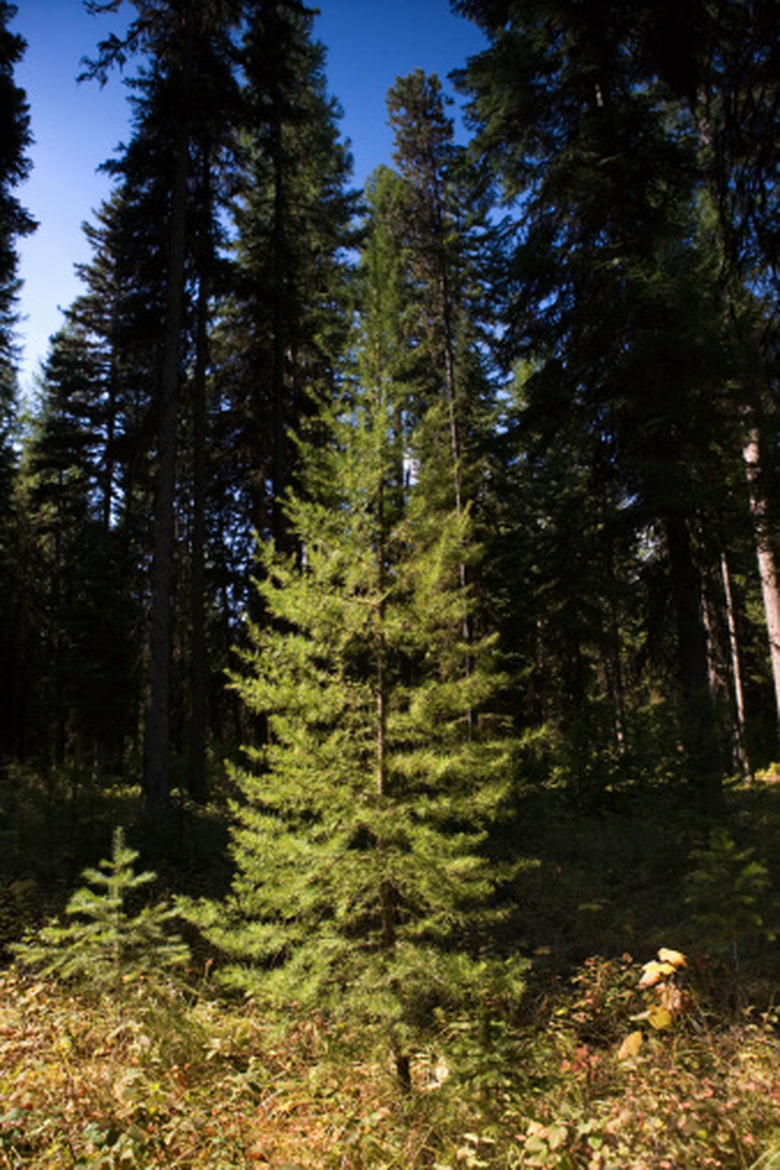How To Describe The Levels Of Organization That Live In Your Biome
A biome is one of the six major types of biological communities that make up the biosphere: freshwater, marine, desert, forest, grassland and tundra. There are several levels of organizations within the biome; each layer is comprised of a larger group of living things than the layer before it.
Step 1
Pick out a single organism. The lowest level of organization in a biome is the individual organism. For example, a single fish in a marine biome is an example of an organism.
Step 2
Group organisms of the same type into a population. Thus, all fish in a specific marine biome would be a population.
Step 3
Add other organisms that are not of the same species, but that interact with the previously defined population. This is called a community, and for fish would include the micro-organisms that they eat, as well as any animals that prey on them.
Step 4
Add all other organisms (including those that have no relation to the community) and non-organic factors (like water, sunlight and soil) to get the final level of organization in the biome, namely the ecosystem.
TL;DR (Too Long; Didn't Read)
The second level, population, can vary on how specific you want to be. You could just say all fish, for example, or you could further subdivide into species of fish when choosing how to organize the population.
Cite This Article
MLA
Lichtenstein, Drew. "How To Describe The Levels Of Organization That Live In Your Biome" sciencing.com, https://www.sciencing.com/describe-levels-organization-live-biome-8509113/. 22 November 2019.
APA
Lichtenstein, Drew. (2019, November 22). How To Describe The Levels Of Organization That Live In Your Biome. sciencing.com. Retrieved from https://www.sciencing.com/describe-levels-organization-live-biome-8509113/
Chicago
Lichtenstein, Drew. How To Describe The Levels Of Organization That Live In Your Biome last modified August 30, 2022. https://www.sciencing.com/describe-levels-organization-live-biome-8509113/
